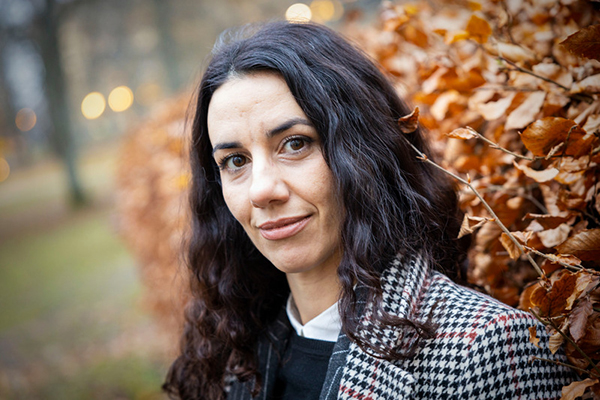To date, humanities and social sciences have perhaps not been so prominent in national infrastructures, but now the Centre for Digital Humanities (CDHU) is involved in three infrastructure projects. What has changed?
“I think there are several factors involved. One is that we now have a Centre for Digital Humanities at Uppsala University with SEK 30 million in funding for the next five years. This means that we can support these national infrastructure projects financially. In addition, the CDHU is supported across disciplinary boundaries, and it provides additional support for infrastructure projects through access to the supercomputers at Uppmax for example.
“Another factor is that as scientists we are more aware of how rapid technological development leads to change that in turn leads to new scientific discoveries and vice versa. Being able to study these phenomena at a national level is also a consequence of developments in technology.
“Last but not least is how – as global scientists in our age of social and environmental challenges – we seem to have understood the importance of peer-to-peer exchange and collaboration in order to have global impact. As scientists, we need to answer research questions that cannot necessarily be neatly divided into scientific disciplines, or which are limited to just one geographical area. These are instead questions and challenges stemming from the real world and these will need to be both transformative and innovative for humanity and society at large.
“This is what the CDHU hopes to inspire, apart from analysing and processing digital methods of course.”
What is the role of the CDHU in these three projects?
“We support the Swedish National Infrastructure for Digital Archaeology (SweDigArch/SveDigArk), which is managed by the Department of Archaeology and Ancient History at Uppsala University along with an expert in geographic information systems (GIS). In the National Workshop on Human Infrastructure (HUMINFRA) project, managed by Lund University, our role is to support training, methods and tools for artificial intelligence (AI) in the humanities and social sciences in collaboration with Uppsala University Library. In the third project, the National Infrastructure for the Visualization and Analysis of Scientific Data (InfraVis) managed by Chalmers University of Technology, we are working with the Centre for Image Analysis at Uppsala University to experiment with the latest trends in scientific visualization methods and tools.”
What do these three projects mean for research in general?
“What this means is that all of us together in the humanities and social sciences at Uppsala University and in Sweden will get to test a number of new methods and tools for research. For example in artificial intelligence – such as image processing, natural language processing and machine learning – as well as computer science, GIS and scientific visualization. As scientists, we will have the opportunity to discuss this incredible new technology at the national level and thus help to take Sweden to the forefront of international research.”
What impact will this have on individual researchers in the humanities and social sciences?
“We hope to create opportunities for collaborative research between these three projects – through seminars, training opportunities and workshops, but also through our pilot programme which is supporting the technological aspects of projects in the humanities and social sciences. Otherwise, we are continuing our work in the same way as before at the CDHU and, of course, we welcome all interested parties. All they have to do is get in touch with us!”
